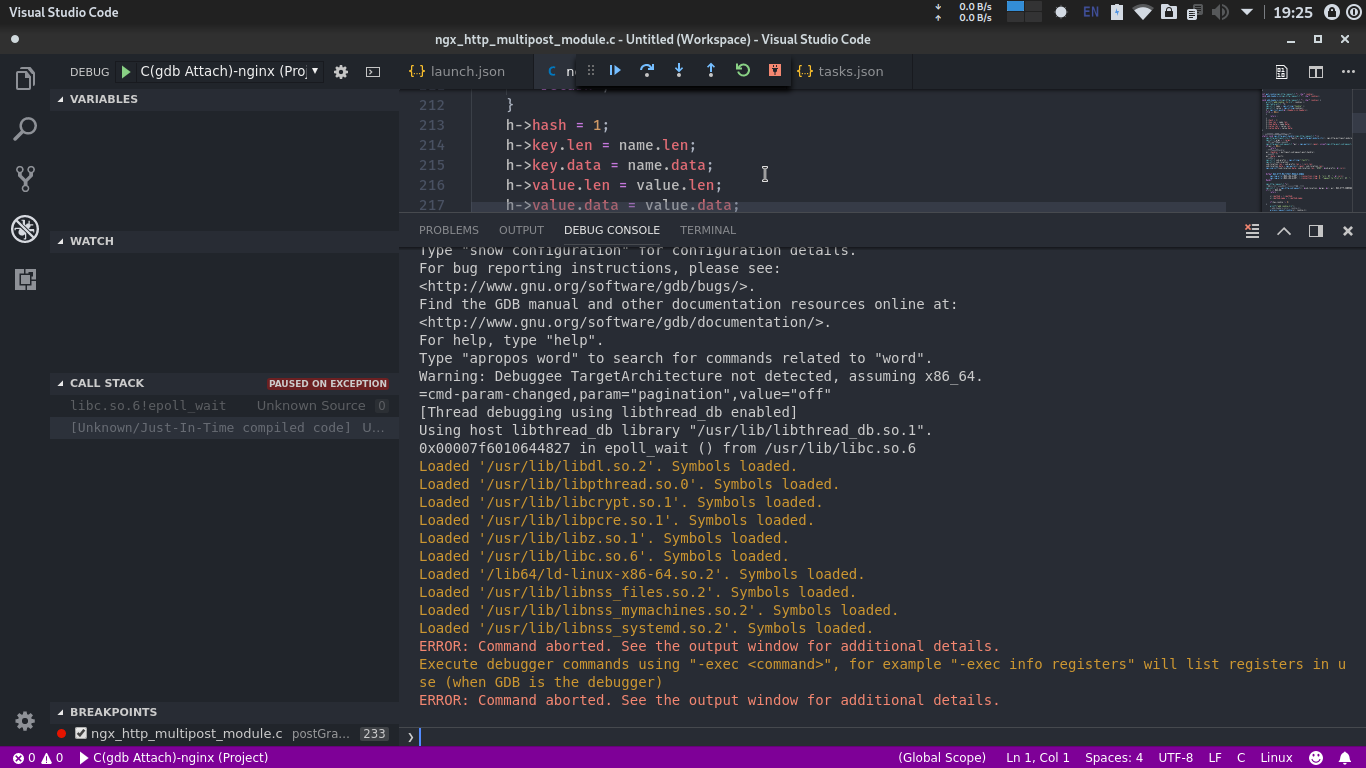
NodeBox can be downloaded from this page. You can save your scene in a XML based format (like GeeXLab) which is very nice. I did a test with a square (rect node) with transparency, translation and rotation: Both texts are additioned (compound1) and the sum is scattered (scatter1) before using the “a” letter for the final rendering (place1).Ī cool node is the copy node: it performs multiple copiues of the input node with a transformation (like orientation or size) for each copy. Each text uses the “a” letter (textpath2) for the rendering. Tinkering around with the positions using three nodes didn't shed much light on this issue, and the gephi website seems to be down from my end.
Now your Interval column is filled with < start, end >.With the rgexf package, users can create gexf (R) objects from scratch, import GEXF files, coerce gexf objects into igraph objects, and. The GEXF standard was developed by the Gephi Like Photoshop for graphscore team, and can be used to save static and dynamic networks. Now select the start and end column and 'Merge Strategy': 'Create time interval'. The rgexf package provides a way to interact with GEXF files. I created a small graph that includes 2 texts (textpath1 and textpath3). The lesmiserable visualisation clearly shows that it is ordered and the gexf documentation doesn't tell much about how we are supposed to calculate x and y coordinates. GraphTech Ecosystem - part 3: Graph Visualization 1. Go to Data Laboratory and press 'Merge Columns'.
Nodebox gexf code#
Each node has some parameters you can tweak with the mouse and for graphics hackers, the source code in Python of the node is available and editable. There are different nodes like shape nodes (star, ellipse, etc.), modifier nodes (scatter or wiggle).

NodeBox allows to create a scene by connecting nodes in order to make a node graph.


It’s a free and open source tool that makes it possible to create graphics using a procedural approach.


 0 kommentar(er)
0 kommentar(er)
